While one of the hallmark attributes of film is its ability to appeal to different age groups, no media company has mastered the art of appealing to both young and old audiences in the way Disney has with their colorful adventures. However, the vast majority of Disney movies hold to an unspoken stereotype—that women are the weaker sex. For older audiences, the insinuations might not seem so impactful; however, for younger, impressionable audiences, even such subtle messages can affect the way their psychologies develop.
If you want evidence that Disney struggles with presenting strong female characters, look no further than some of their most popular productions. Take “Sleeping Beauty” for instance; a princess in destress is saved from eternal slumber by a handsome prince, and they fall in love and live “happily ever after.”
Sound familiar? It should. Many Disney stories follow the familiar blueprint of a heroic guy (often a prince) coming to the rescue. Sure, some princesses are more proactive than others, but ultimately, the phrase “rescue the princess” springs up more often than not, and typically, romance blooms between the princess and her rescuer. The romantic elements of Disney films delight, and subsequently lure in, susceptible youth, who are then subliminally bombarded with the idea that women need to be rescued by men, and then owe them more than just gratitude.
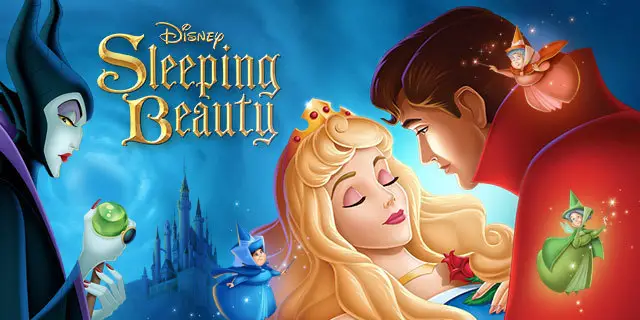
Interestingly, in one of the Disney network’s original movies, “The Cheetah Girls,” the band sings a number titled “Cinderella” in which they criticize the idea of a woman waiting around to be saved. The song refers to one of Disney’s first princesses, exemplifying an ongoing critique of Disney in that the film it alludes to, “Cinderella,” essentially focuses on a damsel in distress and how a prince delivers her from a life of degrading servitude and then marries her, making her a happy princess.
In recent years, Disney has responded to this critique, and has begun to offer fans a new blueprint. In 2012, they dropped 3D computer-animated “Brave,” which introduced the courageous, bullheaded Merida, who became one of the few outliers in the Disney tapestry. Set in Medieval Scotland, the story follows Princess Merida, the only daughter of King Fergus and Queen Elinor, and she’s far more outspoken than her mother considers proper for a lady, leading the two to fight constantly over Merida’s lack of decorum as a princess. The red-headed heroine believes in forging her own destiny, while her mother believes that her daughter should embrace her predetermined fate as a royal figure.
When it comes time for Merida to marry, the struggle boils over and a selfish wish, granted by a kooky witch, sets Merida and her mother on a journey that later leads the two to develop a deeper understanding of one another.
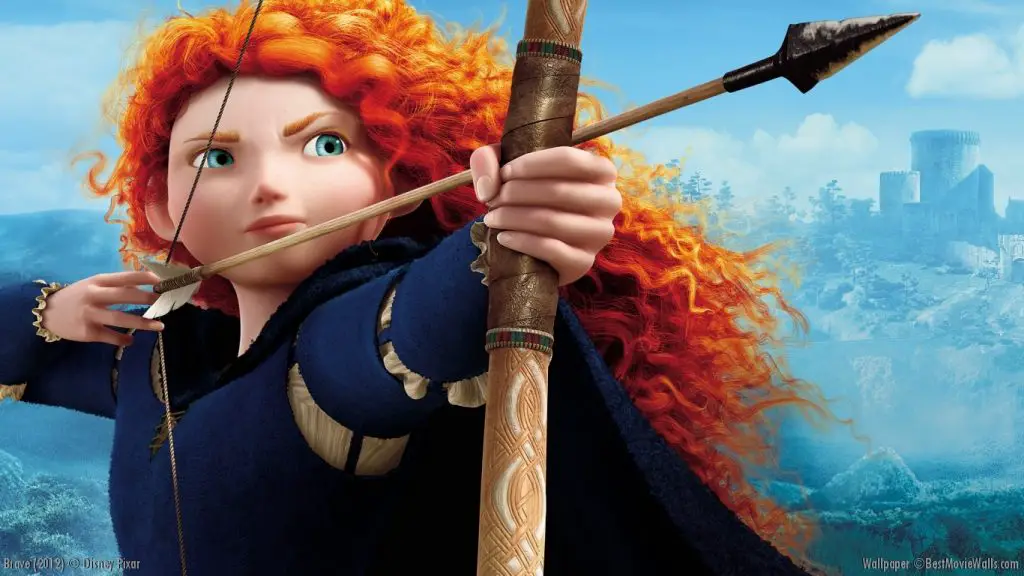
Merida isn’t alone in forging her own path, as another adventurer soon followed in her footsteps: In 2016, “Moana” sailed into the hearts of Disney fans with the story of a spirited, spunky and courageous princess. Daughter and only child of the island of Motunui’s chief, Moana loves the ocean and finds herself drawn to it, even at a young age, and despite her father’s disapproval. Her grandmother, Tala, the island’s “crazy lady,” breathes life into the stories of the island goddess, Te Fiti, who brought life to the ocean before her heart was stolen and lost.
Moana’s love of the ocean only grows stronger as she listens to her grandmother’s stories, but her life has already been mapped out for her, and the ocean is forbidden territory. Yet, when her island is in danger, nothing stops Moana from setting sail and becoming the hero that her people need.
Forces neither supernatural, psychological nor practical, though daunting and frightening, could deter Merida or Moana. While reckless and rumbustious, Merida shows gumption and the ability to create her own path despite years of tradition. Headstrong but heartfelt, Moana believes in drawing strength from one’s history to correct the problems of the present. Seeing girls take charge of their lives, and being celebrated for doing so, appeals to young girls—girls who don’t feel like waiting to be rescued or swept off their feet by a man.
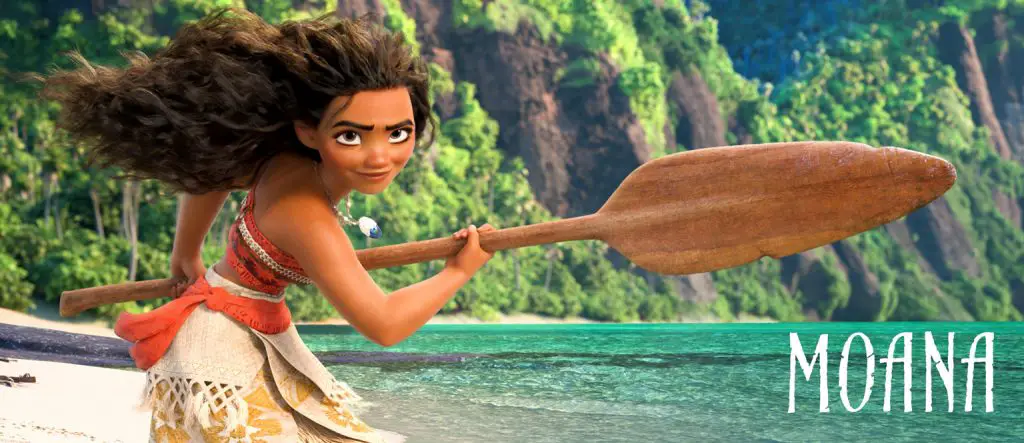
Why are movies like “Brave” and “Moana” important movies to show children? Because the theme of being who you are, despite who society believes you should be, emerges from both films, bringing with them guidance and a new worldview for girls to explore.
Times have changed since Disney released “Snow White and the Seven Dwarves” back in 1937. No longer should the adjectives “demure” and “submissive” describe women’s behavior or personalities. Merida and Moana obliterate the mold of traditional expectations that their predecessors slowly reshaped over time. Parents should rush toward movies like “Brave” and “Moana” because they promote inner strength and healthy platonic relationships instead of pouring a cup of romantic juice to entice girl’s into believing that they are not good enough on their own.
Sure, many Disney films held important messages for children, but without the rose-tinted glasses, there are many fallacies plaguing beloved and classic Disney films. “Brave” and “Moana” shred a couple of the fallacies and offer new adventures, encouraging audiences to be brave, to be willing to stand apart from the crowd and to listen to the quiet voice inside.
Be like Merida and Moana—believe in who you are and lead your life as you see fit. As the Cheetah Girls sang, “My knight in shining armor is me.” Girls deserve to believe that they can rescue themselves as well as any prince could, they can slay their own dragons and vanquish any evil they face, and they don’t have to fall in love to be happy. Let the prince stay at home; the ladies have it covered.




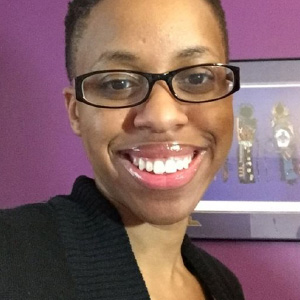

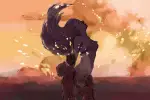











[…] it is, that “Tangled,” “Brave,” “Frozen” and “Moana” all feature stronger, more independent heroines, a break from the traditional helpless female characters of Cinderella and Snow White of the Disney […]